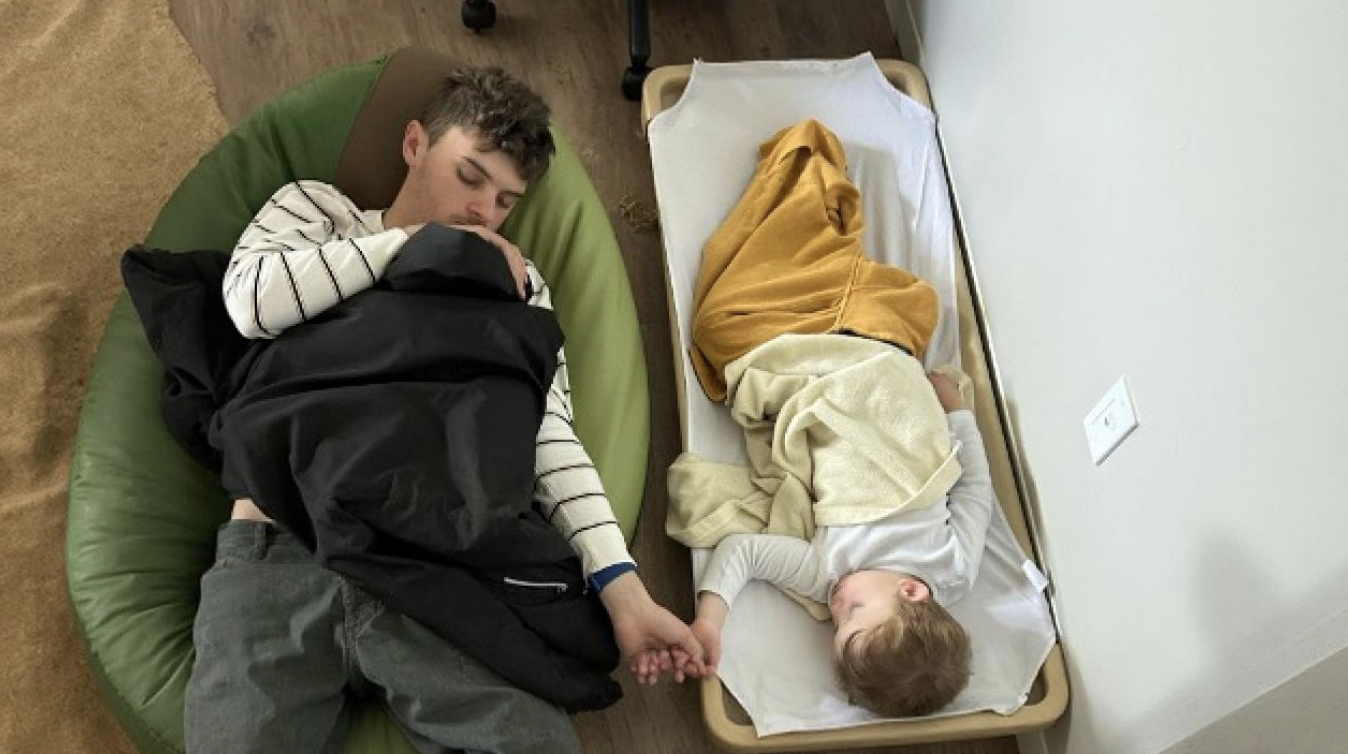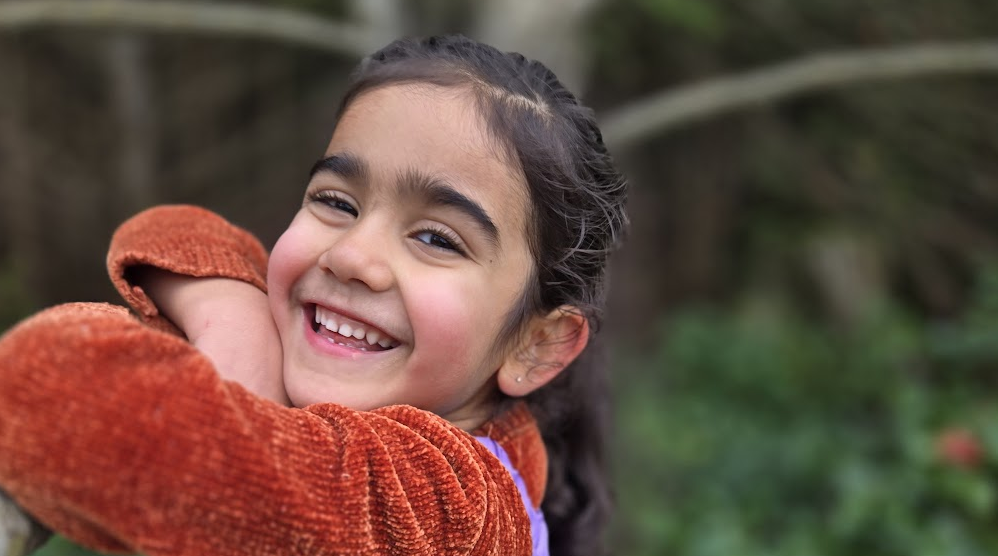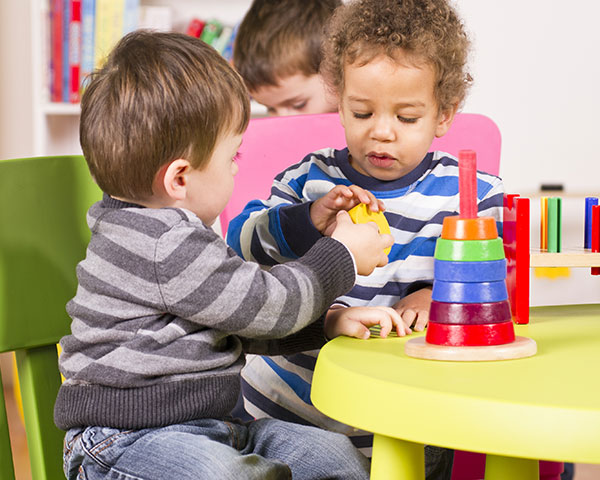We’ve all felt it. The hot, sweaty, almost unbearable feeling of being overheated. Unfortunately, extreme heat is not just a comfort issue. It is a serious health risk. It can also interfere with brain function and learning. And it is becoming an increasing reality in Canada due to climate change. Last year was the hottest year on record and this year is shaping up to be similar.
Children are especially vulnerable to heat. Children’s bodies are less able to deal with the heat. They sweat less than adults and their higher metabolism increases the risk of dehydration. Young children may not notice the signs of heat stress and may not be able to express their feelings of overheating. They rely on us to protect them.
Fortunately, there are lots of things we can do to beat the heat.
Keep an eye on the weather forecast, including the humidex. If high temperatures are predicted, think about ways to prevent that heat from coming into your home. Especially if you don’t have mechanical cooling such as AC or a heat pump, open the windows at night (if it is safe to do so) to let the cooler air in. In the morning as soon as the sun comes around, close the windows and pull down blinds and close curtains to keep the solar radiation from coming into your space. Got a window with no covering? Put up a string (think mini-clothesline) across the top of the window and hang a white sheet or blanket to block out the incoming sunlight. You will be amazed at how much covering windows can help.
Tip: White is the most reflective and will do the most to keep solar radiation out of our homes and off our bodies. So, choose light-coloured window coverings and encourage families to provide light-coloured clothing for their children on hot days.
Fans can keep us cooler in moderate temperatures by moving air over our skin to speed up the evaporation of sweat. As the sweat evaporates, it takes some of our body heat with it. But don’t rely on fans to keep children cool and safe. When temperatures rise about 32-35 °C, fans won’t help and may even make things worse.Always be sure that fans and cords are out of reach of children.
Tip: Experts recommend a heat threshold of 26°C for indoor spaces. If your home is hotter than that, it is time to consider taking the children to an air conditioned space, such as the local library or community centre, or to a shady outdoor space or water feature.
Fans can create cross-ventilation to draw in cooler morning or nighttime air. For example, you can set up a fan facing inward at one window and another fan facing outward at a window at the opposite side of the house. The outward-facing fan creates some negative pressure that helps to draw in the cooler air. Pay attention to the outdoor air quality, however. If there is a wildfire smoke event, rush hour traffic or other source of pollution, you don’t want to draw that polluted air into your home.
Tip: Heat and air pollution are a dangerous mix. They both place extra burden on the heart and respiratory system, and can worsen existing conditions such as asthma. Be extra vigilant about checking the Air Quality Health Index when it is hot. And remember: heat stroke is a medical emergency.
You can also help keep indoor temperatures cooler by not using the oven, the dryer, the dishwasher or other heat-generating appliances during the hottest part of the day.
Outdoors: We all know that being outdoors is beneficial for kids. It may be an especially great option when it is hot, depending on what outdoor spaces are available to you. Seek out shade. Shade can help protect children from the heat and and it also helps protect them from skin-damaging UV radiation.
Whenever possible, opt for natural shade. Trees not only provide shade but they act as natural air conditioners as they “breathe,” in a process called transpiration.
Avoid heat-trapping surfaces. Pavement can become dangerously hot (even causing burns) and traps a lot of heat. Other human-made elements, such as play structures and artificial turf, can also trap heat. So when looking for a cooler spot in the yard or at the local park, opt for grass or other natural surfaces.
Create fun + cool with water! Whether it is visiting the local splash pad, setting up a gentle sprinkler in your own yard, or filling a water table with cold water, water is a great way to help kids beat the heat. A misting bottle is useful to have on hand for that hot walk to/from the park, for example.
Extreme heat and prolonged periods of high temperatures will be an increasing part of our day-to-day reality as the climate changes due to the build-up of carbon dioxide and other greenhouse gasses in the atmosphere from the burning of fossil fuels. By finding ways to reduce our carbon footprint, in addition to incorporating heat-smart tips into our daily practice, we can all help create climate-resilient neighbourhoods over the longer term. Using active modes of transportation (walking, biking), conserving energy, and reducing the amount of products we use and consume, are a few examples. If you own your home and are looking at future upgrades, you can also be part of the long-term solution by opting for natural and permeable surfaces (e.g., gravel) for walkways or driveways instead of black ashphalt, increasing trees and vegetation, choosing cooler (light-coloured) roofing materials, or installing a heat pump and other energy-saving measures.
We are here to help! The Canadian Partnership for Children’s Health and Environment (CPCHE) has lots of info and tips to support your efforts to create healthy and sustainable environments for you, your family and the children in your care.
We are here to help!
The Canadian Partnership for Children’s Health and Environment (CPCHE) has lots of info and tips to support your efforts to create healthy and sustainable environments for you, your family and the children in your care. Check out the CPCHE/CCCF Child Care Checklist and Resource Hub, including tips related to extreme heat, to learn more.
Erica Phipps, MPH, PhD, Executive Director, CPCHE
Helen Doyle, Chair of the Environmental Health Work Group, Ontario Public Health Association (OPHA)
OPHA and CCCF are founding CPCHE partner organizations.












